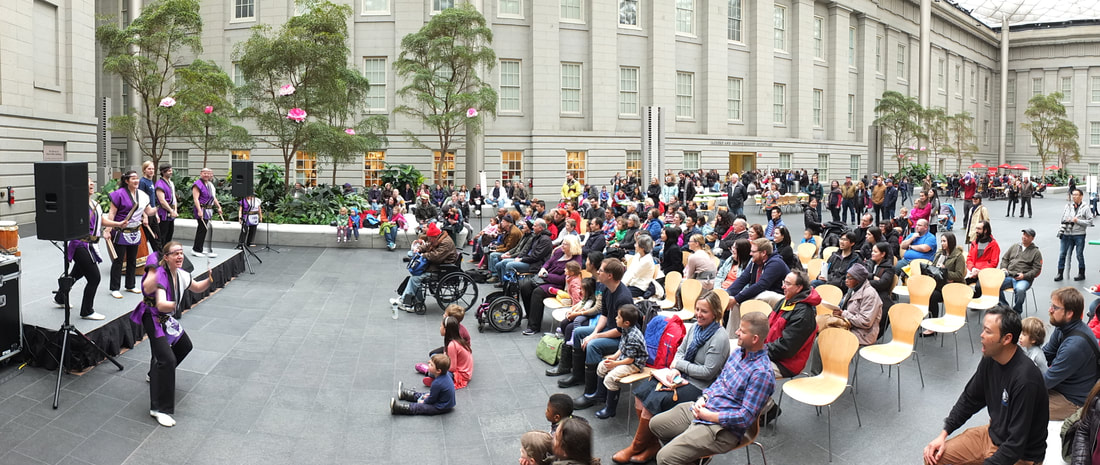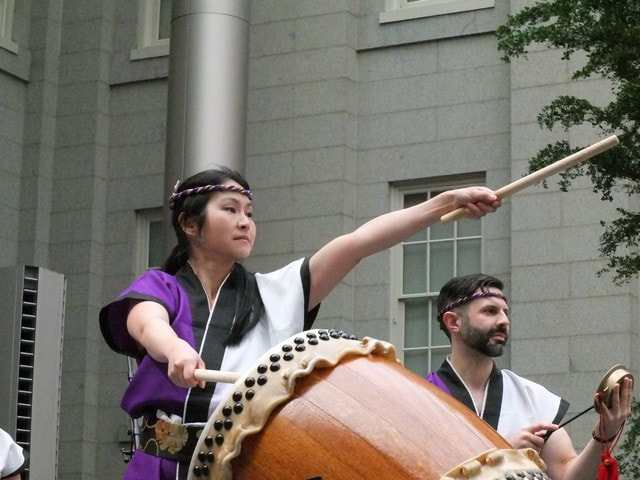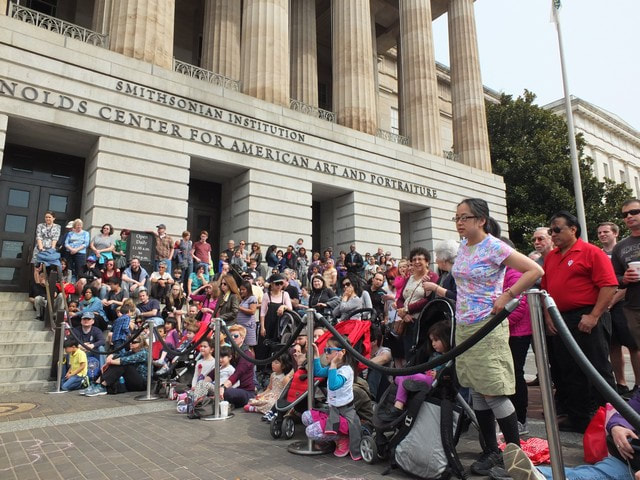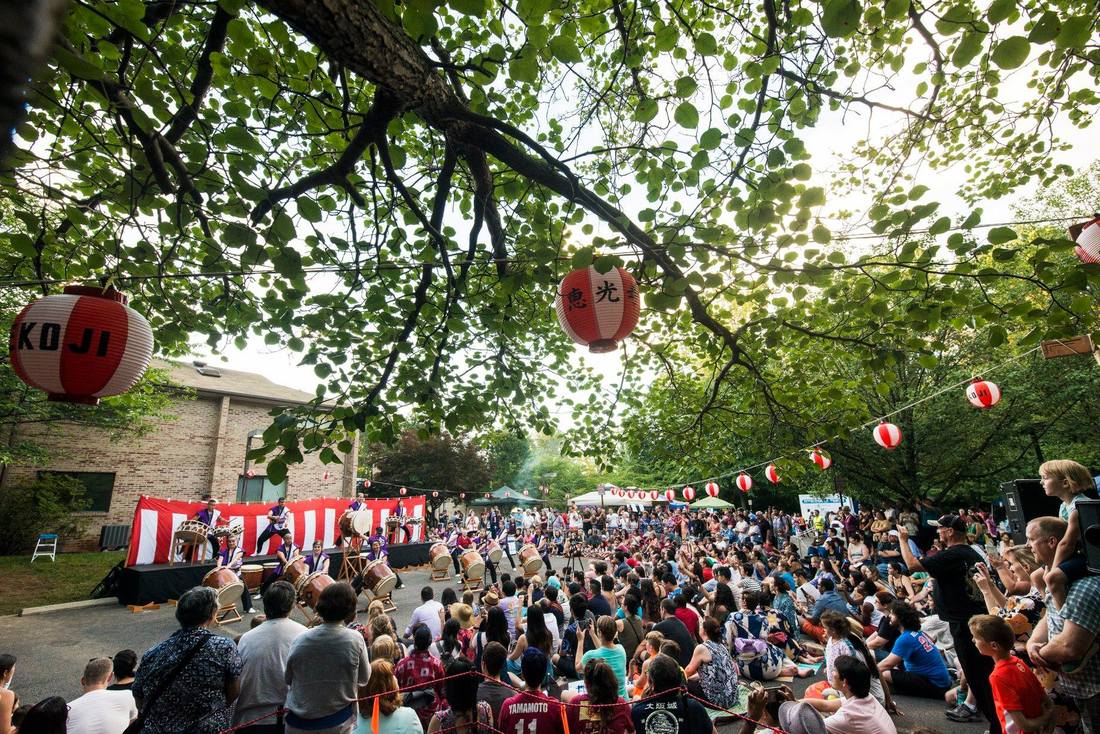|
For Nen Daiko members, taiko is a big part of our lives, but we know many audience members have never seen taiko before. Here are tips for how you can have even more fun during our performances. Your reactions can cause us to perform at an even higher level. Tip #1 - Shout, cheer, and clap! Many taiko performers shout during performances. These sounds are called “kiai” or “kee-eye.” It takes a surprising amount of energy to shout while performing, but it is so important. When we hear kiai, it gives us courage and energy. When we hear the audience kiai, it gives us a LOT of energy. What sounds could you make? Most kiai start with a letter “S” or “H” and end with a vowel. The “S” sound cuts through the loud noises, and the “H” sounds like a big breath. Example sounds include sore (sor-EH), ha, saa, hoh, yo and seiya (say-YA). When you kiai, it sounds great if you bring the energy from your stomach. It can also give you an opportunity to work your stomach muscles. Kiai often sound like you are expelling air while making a sound. When should you kiai? When you see the taiko performers kiai-ing, that’s a good time to join in. We kiai quietly during quiet parts of the song, but when a song is raucous or dramatic, that’s a great time to send your energy. When someone is doing a solo performance, that can be particularly tough, so your kiai can really help! You might be nervous about kiai-ing. Will other audience members think you are doing something strange? But if you do it enthusiastically, you could start a trend that makes the performance even more memorable. Here’s a way to start slow - you can clap and cheer after someone has performed a solo. Tip #2 - Keep a safe distance When we set up the stage, we make sure there is enough space in case one of our drum sticks (bachi) goes flying through the air. Bachi can also split in half and that is a moment of excitement! We want you to have a great view, but we also want you to be safe. If you have small children who want to dance during the performance, we LOVE this, but please find a safe spot to dance that is not too close to the stage. Tip #3 - Read the stories behind our songs At many performances, we get to share the stories behind our songs, but sometimes we need to quickly move through the performance. On our website in the Performances section, you can learn:
Tip #4 - Take photos and videos to share on social media We really appreciate it when audience members tell the world about Nen Daiko. We are performing, so we can’t get the photos and videos ourselves. We love to find your posts on social media after the performance, so be sure to tag us at @nendaiko. Sometimes we even share your posts on our social channels. After many performances if the schedule is not too tight with other performers, we are available for photos with you. We also appreciate it when you write what you thought of the performance. Your testimonials encourage others to come see us perform! Tip #5 - Visit with us after performances
Sometimes we kick off an event and have to leave before we can talk with the audience. But we really look forward to hearing your observations and questions where possible. Here are the questions we most commonly hear:
Bonus Tip - Try taiko! Hopefully our performance inspires you, and you’d like to learn more. You can come to our monthly open house at Ekoji Buddhist Temple. If you’d like a more in-depth experience, we offer workshops in September - one for adults and one for children. The dates are announced on our Performances page and our social media channels. We hope to see you at our performances during Cherry Blossom season. Also we hope you’ll come to our annual summer festival held every July at Ekoji Buddhist Temple.
0 Comments
|
Archives
May 2024
Categories
All
|






 RSS Feed
RSS Feed